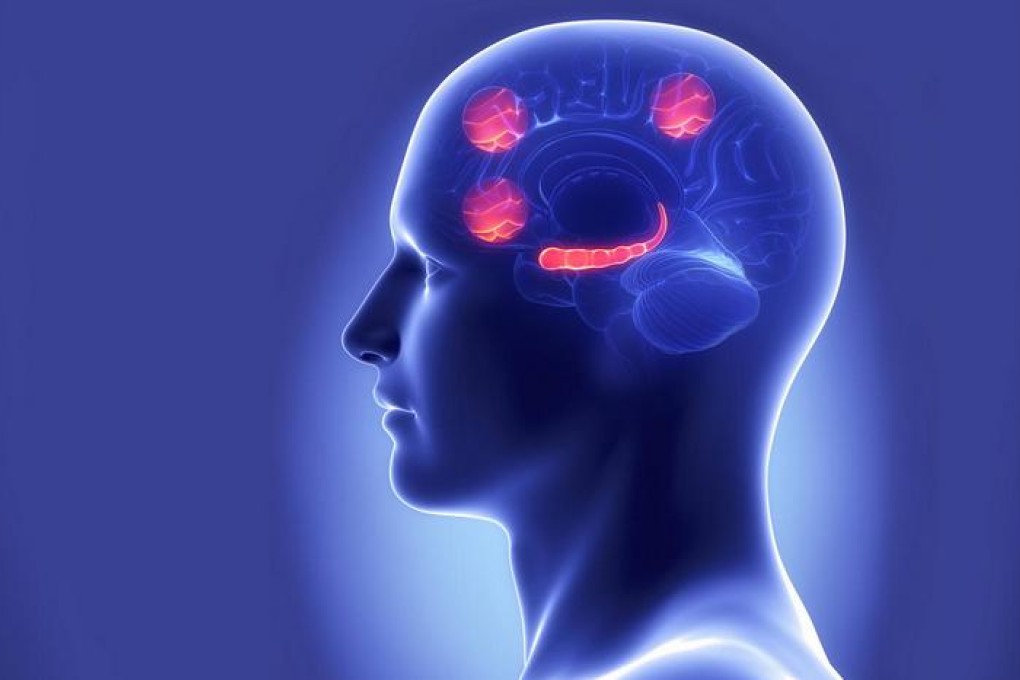Scientists examine the causes and treatment of addictive behaviour
As scientists identify new addictions, they also discover fresh treatments for harmful behaviour

Addiction comes in many forms: drugs, alcohol, cigarettes, and gambling have been the types that traditionally plagued society.
In recent years, the proliferation of technology has led to the rise of addiction to the internet and computer gaming. Even the promotion of a healthy lifestyle has led some to become hooked on exercise.
Debates often centred on whether addiction is a choice or a brain disease
But do all addictions operate by the same biological mechanism? And is addiction an individual's choice or a disease of the brain?
Scientists have been studying addiction for years in order to improve treatments for harmful behaviour. They have found that powerful memories, often of highly pleasurable or intense experiences, underlie addiction. During such experiences the brain releases a chemical called dopamine that creates a reward circuit in the brain, by logging the intense experience as pleasurable and an important action to be repeated.
Dopamine release generally occurs in a region called the ventral tegmental area (VTA). In response to this, epigenetic changes happen in brain nerve cells to form reward memories. These chemical changes are a mix of DNA methylation and demethylation, which either turns genes off or on.
Such a system allows changes in how genes are expressed in cells without altering our genetic code, and forms a type of genetic memory.